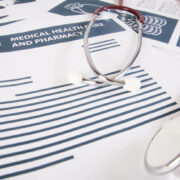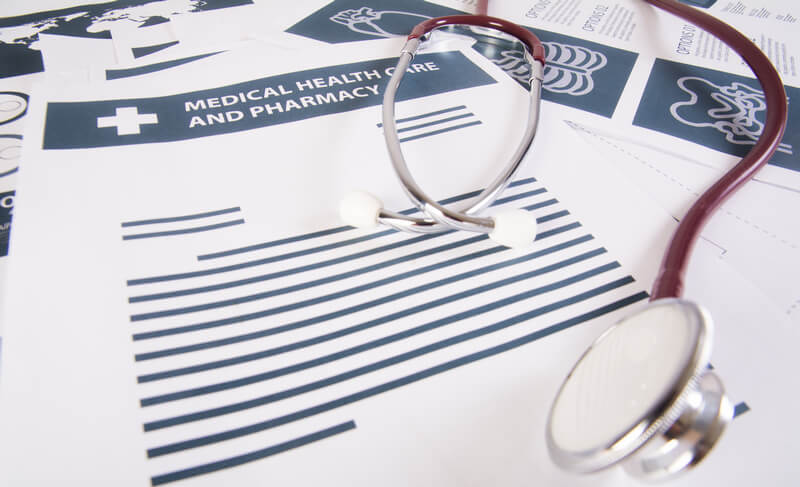How to identify patients with opioid abuse or addiction treatment?

Addiction to opioids is a serious problem that is plaguing society. As a result, treatment of this needs to be taken as soon as possible because it becomes very difficult to overcome this, at later stages. Attending opioid drug treatment centers in Columbus Ohio is the best way to stay away from the addiction of opioids and recover completely. There you will get the best assistance and guidance from the experts that force you to defeat your craving for taking opioids. It is very difficult to control your urge at your home. But in these places, you can easily quit your bad habits. The reason being, in rehab centers, you get chances to meet like-minded people who also want to quit their opioid habits.
Common signs to identify patients with opioid abuse
- The inability to control opioid use
- Uncontrollable cravings
- Drowsiness
- Changes in sleep habits
- Weight loss
- Frequent flu-like symptoms
- Decreased libido
- Lack of hygiene
- Changes in exercise habits
- Isolation from family or friends
- Stealing from family, friends or businesses
- New financial difficulties
How can biometric patient identification help detect and prevent a patient’s opioid addiction?
In today’s world, a biometric patient identification platform is one of the best and secure way to identify patient’s data integrity. Global healthcare has moved away from its dependence on paper-based therapeutic studies toward the use of electronic health records (EHR).
So if you or your loved one is abusing opioids, by using a biometric patient identification platform like RightPatient, hospitals can easily identify the patient’s addiction towards opioids. It can red-flag once they go through the identification process, detecting whether they are assuming someone else’s identity or not to attain the drugs. Several hospitals are using RightPatient to improve revenue cycle, enhance patient safety, and reduce the creation of duplicate records as well.
Here, we have mentioned some benefits of utilizing this to instantly identify patients’ data integrity that includes:
- Detailed and up-to-date data at the time of service
- Highly coordinated and effective care
- Safe sharing of patient information among doctors
- More infrequent medical mistakes
- More reliable prescribing practices
These advantages depend on clinicians, hospitals, and other healthcare departments to carefully test patient identifications during all therapeutic encounters.
If you or your loved one is addicted, kindly visit an opioid treatment center that helps you know how to abstain yourself from the use of opioid and lead a simple life. Although there are many approaches to treat your addiction to opioids, enrolling yourself in a good rehab center is, of course, the most effective way. These centers offer you many programs according to your needs and help you to recover completely. When you make a decision in your mind to attend an opioid treatment program, make sure that you select the best one available in your locality. For this, you need to conduct thorough research and find out the one that suits your requirements as well as budget.

There is a number of opioid rehabilitation centers in Philadelphia that offer excellent rehabilitation facilities and numerous programs including medical and behavioral treatments. These programs motivate you to quit taking opioids. These centers are located in almost all states of the USA. You can easily find rehab centers in your state that offer excellent facilities. If location is not a problem and geographical limits are not a major concern, you can also look for rehabs outside the USA. This provides you with a wide range of options to choose from. The main benefit of this is that you’ll be able to take advantage of the best rehab facilities for your loved ones in the event you are not satisfied with the existing opioid rehab centers in your state. There are several international options available in other countries too. You can avail the best of the bests. Before enrolling yourself in an opioid center, ensure that you make proper inquiries about their facilities, programs, and fee structure.
Facilities offered in opioid centers
- Opioid centers are committed to offering you expert advice and assistance which will help you to defeat your craving for taking opioids. They will also help you to understand the harmful effects of the opioid on your health as well as your family and social life.
- Opioid rehab centers offer gender-specific programs and treatments customized according to your specific needs. These programs encourage you to stay away from opioid use and you can live a sober life with your family.
- Most of the centers offer you medication treatment that reduces the craving of opioid consumption in you. They employ doctors, physicians, and specialists so that they can offer you proper medication to treat your addiction.
- Apart from this, they have several other programs including dual diagnosis, intensive outpatient, sober living, professionals programs, and family outreach programs to inspire you to defeat your urge and live a healthy and happy life.
- The rehab centers also have in-house psychologists, trainers, and psychiatrists to help and motivate you to stay away from opioids. They show you the right path following which you can lead a happy and fulfilling life.
- They also organize alumni programs where you can meet those individuals who came there as patients and now leading a fulfilling and healthy life.
Opioid rehab centers are the best places to treat addiction. They not only teach you how to stay away from them, but also help you understand their bad effects on your personal, social, and family life. The experts in rehab centers motivate you to defeat your urge of taking opioids and show you the brighter side of life. You can completely rely on their services as they always encourage you to live a healthy, sober, and fulfilling life.












